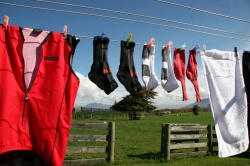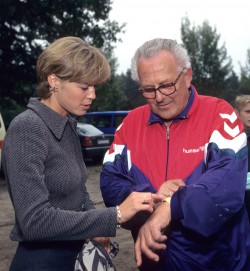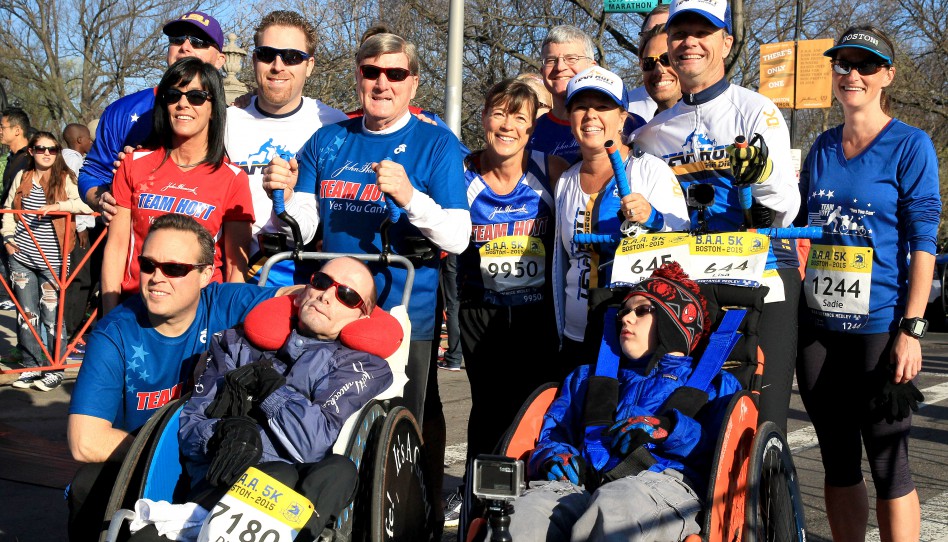The Ecofriendly Exerciser

Those of us who work out regularly have a vested interest in a healthy environment. After all, enjoying nature is one of the great attractions of outdoor exercise, and who wants to fill their lungs with polluted air? While most of what we can do to help Mother Nature occurs during sedentary hours, there are things associated with a fitness regimen that have environmental consequences.
As with ramping up a fitness routine or eating better, becoming an ecofriendly exerciser needn’t be an all-or-nothing undertaking—making some changes, no matter how small, are better than making none. What at first might seem like things you must remind or force yourself to do become close to second nature with enough practice. (Once again, just like working out and eating well.) And as with a good fitness program, little steps accumulate to have significant effects. Here are some choices to consider to help the planet’s health while you improve yours.
Functional Workouts
When possible, try to combine your workouts with daily tasks. For example, cycle part or all of the way to work. Walk to the grocery store. Run home after dropping your car at the mechanic’s shop. (Swim or row to your vacation in the Caribbean Islands? Well, let’s not get carried away.) You’ll get your workout in while reducing greenhouse gases, and you’ll probably save time in the bargain.
On the flip side, if you frequently drive to work out, consider buying a carbon offset for the miles you put in getting to and from the gym, track, trail or park. Carbon offsets account for greenhouse gases you produce (in this case, by driving) and fund an appropriate amount of resources that counteract those gases, such as by planting trees and supporting renewable energy sources. To learn more, read these guides offered by the environmental news sites Treehugger.com and Grist.org.
Showers and Laundry
Frequent workouts can mean taking more showers than sedentary people. Consider getting a low-volume shower head. On average, these devices dispense less than two gallons of water per minute, which is between 50 percent and 70 percent less than a typical shower head. Some models even come with a pause button that shuts off the water while you soap up or wash your hair. You can find low-volume shower heads for as little as $12.
Regular exercise also means more clothes to wash. Depending on factors such as your sweat rate, your spouse’s olfactory tolerance, etc., wear your gear for more than one workout. A quick rinse with cold water after you’re done will get most of the offensive odors out, and will help the gear last longer than if it spends half of its life in the washing machine.
When it’s time to do laundry, wash in cold water (energy saved by not unnecessarily heating water), and use powdered detergent (energy saved by not transporting liquid detergent). Instead of using a dryer, hang your clothes to dry. Doing so not only saves energy, but leaves the clothes smelling better, and lengthens their life, especially for the technical fibers much workout gear is made of.
Workout Gear
There’s a fair amount of high-quality workout gear that’s made with lessened environmental impact. For example, companies such as SmartWool and Ibex make gear out of wool gathered from free-range merino sheep. Other companies, such as Patagonia, make fleece gear from recycled polyester. If you still think that cotton is king, look for the organic cotton gear that a growing number of companies are offering.
As for shoes, even if you keep worn-out pairs for mowing the lawn or running errands, you might still have lots of old ones sitting around. If they’re running shoes and still somewhat wearable, consider contributing them to a program such as Shoe4Africa, which supplies young, needy African children with running shoes.
Bottled Water
Many exercisers enjoy the taste, convenience and purported health benefits of bottled water over tap water. Yet, according to one estimate, it takes 1.5 million barrels of oil a year just to manufacture the plastic that bottled water is packaged in.
There’s also the matter of transportation. One-quarter of the bottled water consumed in the U.S. comes from overseas, meaning that great amounts of energy are required to move so much weight so far. (After all, a pint’s a pound the world around.) If you’re hesitant to give up bottled water, consider choosing a brand that is bottled near where you live.
If, for whatever reason, you don’t trust your local tap water, filter it, either with a filter built into your kitchen spout, or portable filters. In addition to being delivered through an existing and efficient infrastructure, filtered tap water is far less expensive than bottled water. (Most bottled water is more expensive than gasoline.)
Workout Nutrition
We could, of course, devote pages and pages to how to eat in a way that’s good for you and the environment. Here, though, let’s concentrate on calories you take in during and immediately and after workouts.
A big problem with energy bars is their wrappers, which, unfortunately, can be found on bikepaths and forest trails around the world. While we know that you would never do such a thing, and always carry your empty wrappers to a trash can, there’s still the issue of all of that non-biodegradable material clogging up landfills. (The wrappers are made of non-recyclable material to help keep the bars fresh during a long shelf life.)
One solution: Make your own energy bars. A company called Matisse & Jack’s sells a mix for bake-at-home bars that are as nutritionally solid as leading commercial bars. (Their main ingredient is organic whole grain oats.) Bonus: Even after you add a few necessary ingredients to the mix, the cost per bar is still about half that of a typical store-bought bar.
Similarly, buying powdered sport drink means a lot less discarded packaging, and is much less expensive than the premixed version.
Thanks to Lloyd Alter, an environmental architect and contributor to treehugger.com, for help with this article.
Updated December 15, 2016
- Posted April 26, 2007
© Copyright 2007-2025 by Take The Magic Step®. All Rights Reserved.




